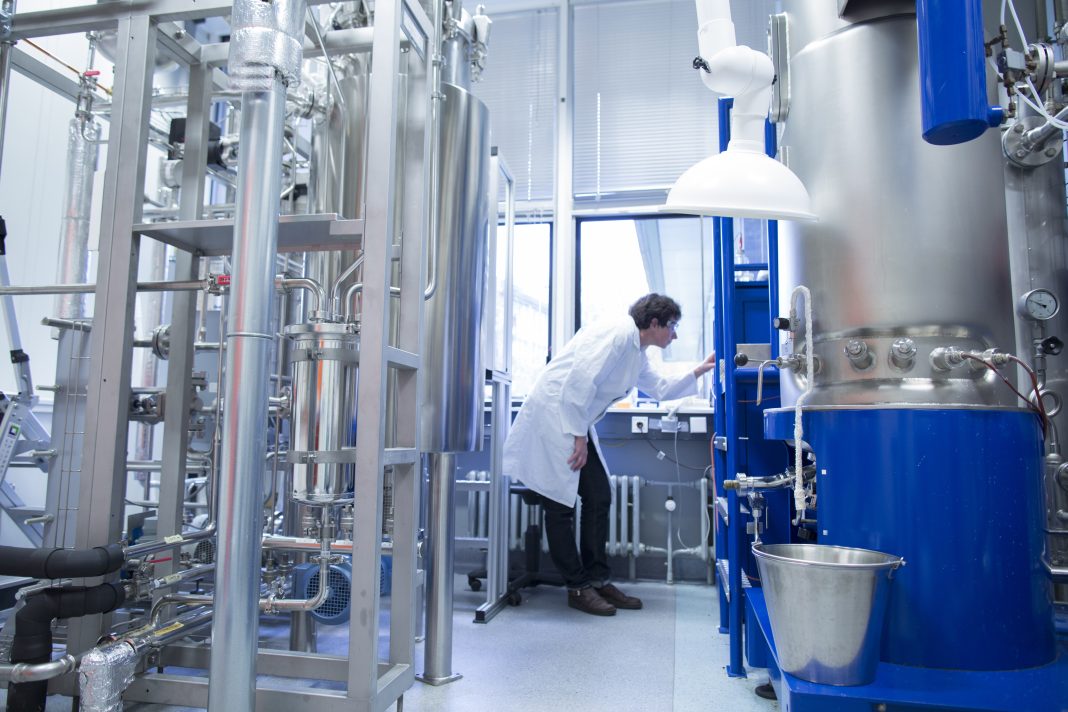Advances in biomanufacturing are paralleling the rapid improvement in digital electronics manufacturing over the last few decades. That’s according to Hari Pujar, PhD, COO at Tessera Therapeutics.
Pujar compares the improvements in biomanufacturing as companies have moved from biomaking small molecules to DNA and mRNA therapies, to Moore’s Law—which is an observation that the number of transistors in an integrated circuit doubles every two years, while the cost of computers halves.
“As biomanufacturing has become more complex, in each case, as we’ve invested, we’ve gotten better,” he says. “When we hit a brick wall, we move into a new modality and learn by overcoming manufacturing challenges—which parallels Moore’s Law.”
Pujar likens this to penicillin, which became orders of magnitude cheaper to manufacture over three decades, and monoclonal antibodies, which have seen more than two orders of magnitude improvement in manufacturing productivity over twenty years.
“If you look at mRNA, ten years ago, if you said we’d be making billions of doses of mRNA vaccines, no one would have believed you,” he continues. “It was regarded as an unstable molecule that was hard to deliver, but [as an industry] we’ve put in effort to improve the technology.”
Pujar, who will be speaking at the 14th Annual Bioprocessing Summit in August, expects biomanufacturing to continue following Moore’s Law as companies move into newer modalities such as gene and cell therapies, and as biological therapies become more accessible to lower-income countries.
“Just as Moore’s Law has not topped out, I think the same will happen in our industry with advances in process technology reducing the cost of biomanufacturing, and other advances leapfrogging existing tech,” he says.
As an example, he explains that Tessera Therapeutics is using mRNA-lipid nanoparticle (LNP) technology to do gene and cell therapy. “We’re not using viral vectors which gives us the potential to develop medicines that are more accessible to a broader population of patients,” he says.


